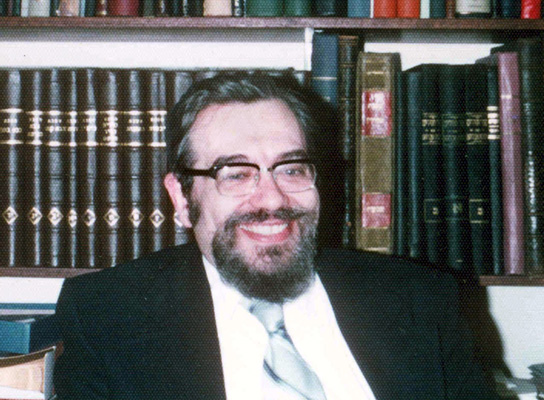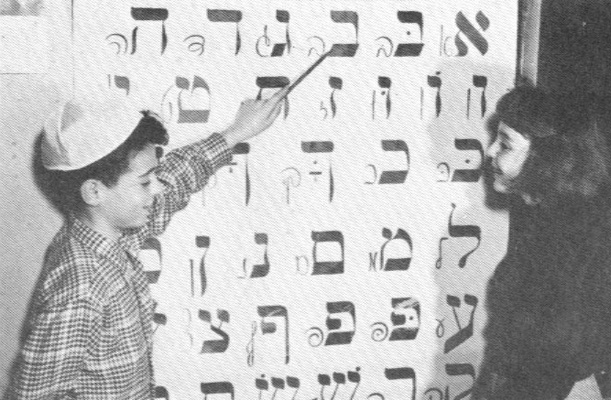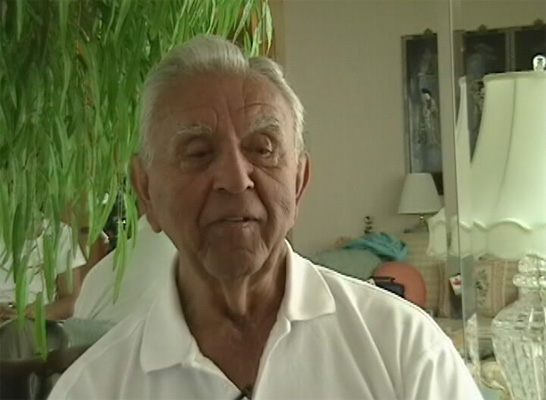Hebrew School
A cheder was established in Berlin (Kitchener) following the formation of the congregation in 1908. Rabbi Krivy was the first shochet engaged and he also taught the community’s children. In the late 1910s, Mordeccai Highman taught his students at the Albert Street house. It is clear that by 1924 the school was an integral part of Jewish life, because the new shul was built with dedicated space for the “Kitchener Hebrew School.” During the early years, the Hebrew school teacher was often one and the same as the community’s rabbi. Many of these men left strong impressions on their young students. Alec Orzy, who attended cheder in the late 1920s and 1930s, said he learned more from Rabbi Berniker than from any other teacher. Bernard Papernick, a lifelong resident of Kitchener, feels fortunate to have had M. I. Beshkin as a cheder teacher in the 1930s and remembered that “he was well-respected and highly-regarded by everybody in town.” Bernard’s contemporary, Gordon Strauss, also recalled that while Beshkin was a nice man, “he let you know when you were out of line.”
With a Jewish population of 425 in 1941, the Hebrew school only had about 25 students. The community’s leaders were not satisfied with this enrolment. They held a general meeting to address the poor attendance at the Talmud Torah, announcing that parents taking little interest in their children’s education would be taxed and the money would go towards prizes for those students with the best attendance. They instructed that the active, supportive parents would be responsible for bringing the more lackadaisical parents to the next meeting!
As the years passed, enrolment increased and the school expanded. In 1958, it had 52 students taught by two teachers and Rabbi Rosensweig. Howard Budd remembers how fun Rabbi Rosensweig made Talmud Torah; both he and Bernard Papernick likened the Rabbi to the Pied Piper in relation to Kitchener’s children. As a student at that time, Karen Gartenburg wrote, “none of us would miss going to cheder if we could help it.” The children performed concerts at Purim and held model seders at Passover. In the 1960s, Bar and Bat Mitzvah classes were instructed by Mr. Kellerman, and there were also post-Bar and -Bat Mitzvah classes and a Sunday School. As students got older, they would attend Shabbat programs and would plan dinners, kiddushim and choir performances.










